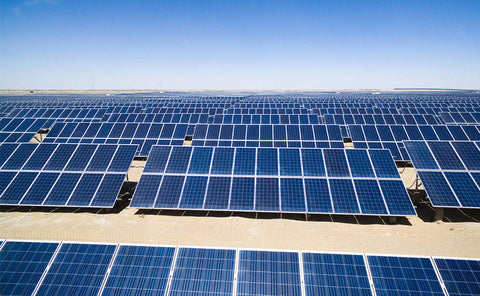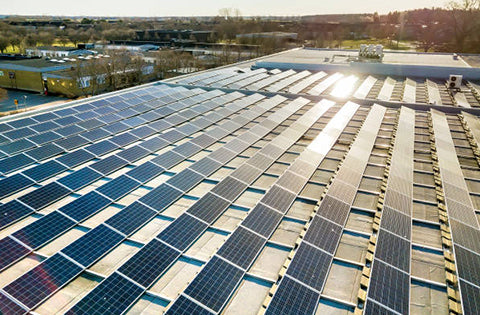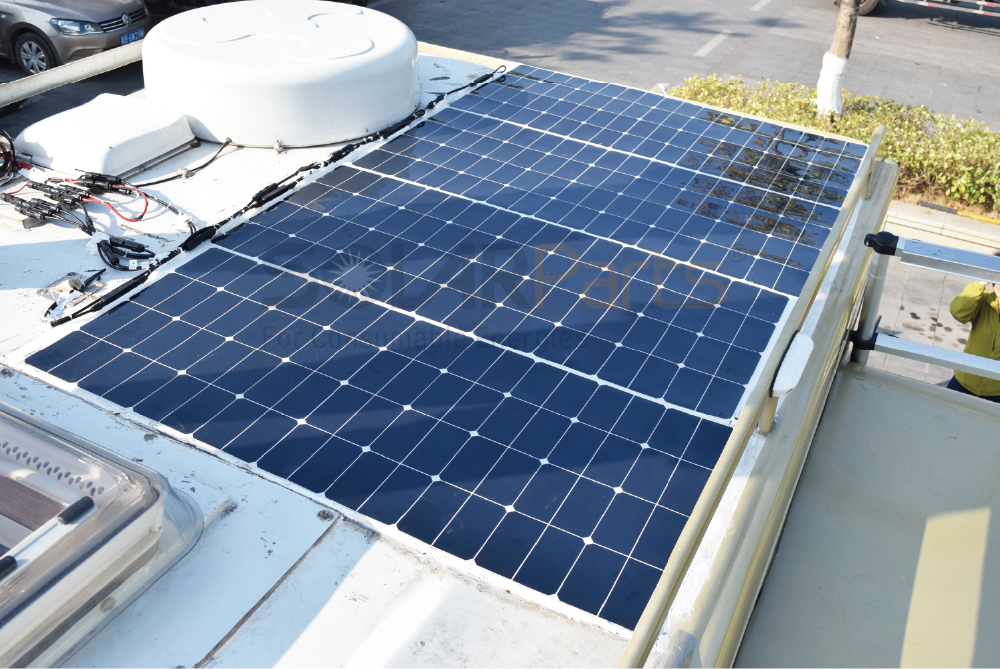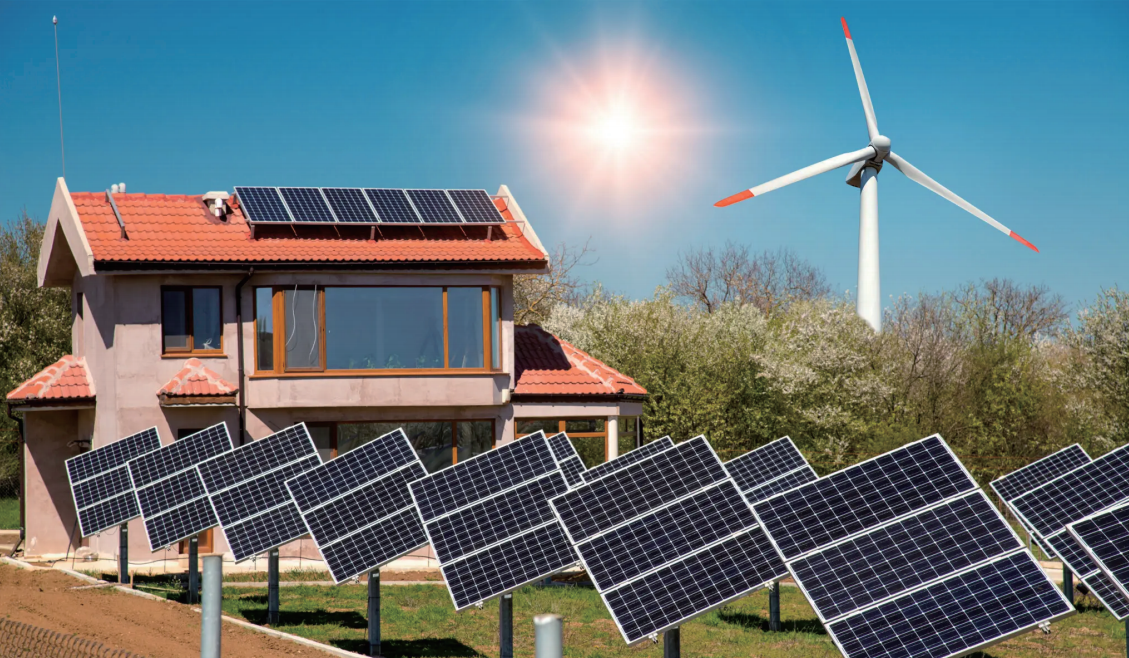At present, photovoltaic power stations are the most vigorous green power development energy projects encouraged by various countries. Do you know how to calculate the carbon emission reduction income of photovoltaic enterprises? What is the actual carbon reduction of a photovoltaic power station? How much revenue can 1MW photovoltaic power station bring through carbon trading?
How to calculate the revenue of carbon emission reduction of photovoltaic enterprises?
In China, the actual carbon emission reduction of a photovoltaic power station is the megawatt-hour corresponding to its actual on-grid capacity multiplied by the emission factor of the power grid in the area where the project is located (the special term for EIA refers to certain specific pollutants defined in the emission standards, such as COD in wastewater and sulfur dioxide in flue gas). The on-grid generation of 100 million kilowatt-hours of electricity is equivalent to 100,000 megawatt-hours. For example, the East China Power Grid has an emission factor of 0.77865, which is measured in tons of carbon reduction per megawatt hour. Therefore, 100 million kilowatt hours of photovoltaic power generated online is equivalent to 77,800 tons of carbon emission reduction in East China power grid. Similarly, if 100 million kilowatt-hours of photovoltaic power is generated, the corresponding carbon emission reduction in Northwest Power Grid is about 83,000 tons, and that in North China Power Grid is about 93,000 tons.
From the experience of developing CCErs for PV projects, a 100MW PV project can develop 110,000 tons of CCers per year, up to 21 years over its full life cycle, and up to 2.31 million tons of CCers over its full life cycle.
For example: If a 1MW industrial and commercial photovoltaic power station can assuming an annual generating capacity of 1.2 million KWH:
Annual saving of standard coal:
1200000 KWh by 0.328 KG/KWh
=393600KG=393.6 tons
Annual reduction of carbon dust exhaust volume:
1200000 KWh by 0.272 KG/KWh
= 326,400kg =326.4 tons
Annual reduction of sulfur dioxide emissions:
1200000 KWh by 0.03 KG/KWh
=36000KG=36 tons
Reduce annual nitrogen oxide emissions by:
1200000 KWh by 0.015 KG/KWh
=18000KG=18 tons
Annual carbon dioxide reduction:
1200000 KWh by 0.997 KG/KWh
=1196400KG=1196.4 tons
As can be seen from the above data, 1MW photovoltaic power station can reduce 1196.4 tons of carbon dioxide emission per year.
For example: In July last year, Fudan University Sustainable Development Research Center (hereinafter referred to as the "Research Center") released the Fudan Carbon Price Index results, the buying price of China Certified Voluntary Emission Reduction (CCER) is expected to be 61.27 yuan/ton, the selling price is expected to be 65.40 yuan/ton, the median price is 63.33 yuan/ton. That is, it is expected to remain at about 60 yuan/ton.
Based on the transaction price of 60 yuan/ton, the 1MW photovoltaic power station can obtain an annual income of about 72,000 yuan. That's about $1.8 million over 25 years, and that's not even counting the higher generation revenue. According to the current market price, the input cost of a 1MW photovoltaic power station is about 4 million yuan, and the additional income brought by carbon emission rights trading to industrial and commercial photovoltaic power stations is very obvious.
As the carbon market matures, the future price of CCER will be much more than that, and its contribution to reducing kilowatt-hour costs will also rise.
Who buys carbon credits?
The final buyers of carbon emission reduction indicators will undoubtedly be emission control enterprises listed by local governments. These emission control enterprises are the cornerstone of supporting the carbon emission reduction industry. Without them, there will be no additional income for the photovoltaic enterprises present here.
In addition to these final buyers, of course, there are some intermediary buyers, who want to buy at a lower price and sell at a higher price. These intermediary buyers are mainly 1, the original CDM buyers, or the original CDM related participants invested in the company. 2. Intermediary buyers, such as financial institutions, set up carbon assets department within them. Third, some end users set up trading companies or carbon asset companies below.
If you want to consult more detailed about solar system configuration and installation, could you please contact us at any time, we will provide the most professional solution with the most affordable price to you.
To learn more about photovoltaic power generation, please follow SOLARPARTS official website:
Twitter: Solarparts Instagram: Solarparts
Tumblr: Solarparts Pinterest: Solarparts
Facebook: Shenzhen Solarparts Inc
Email address: Philip@isolarparts.com
Homepage: www.isolarparts.com





